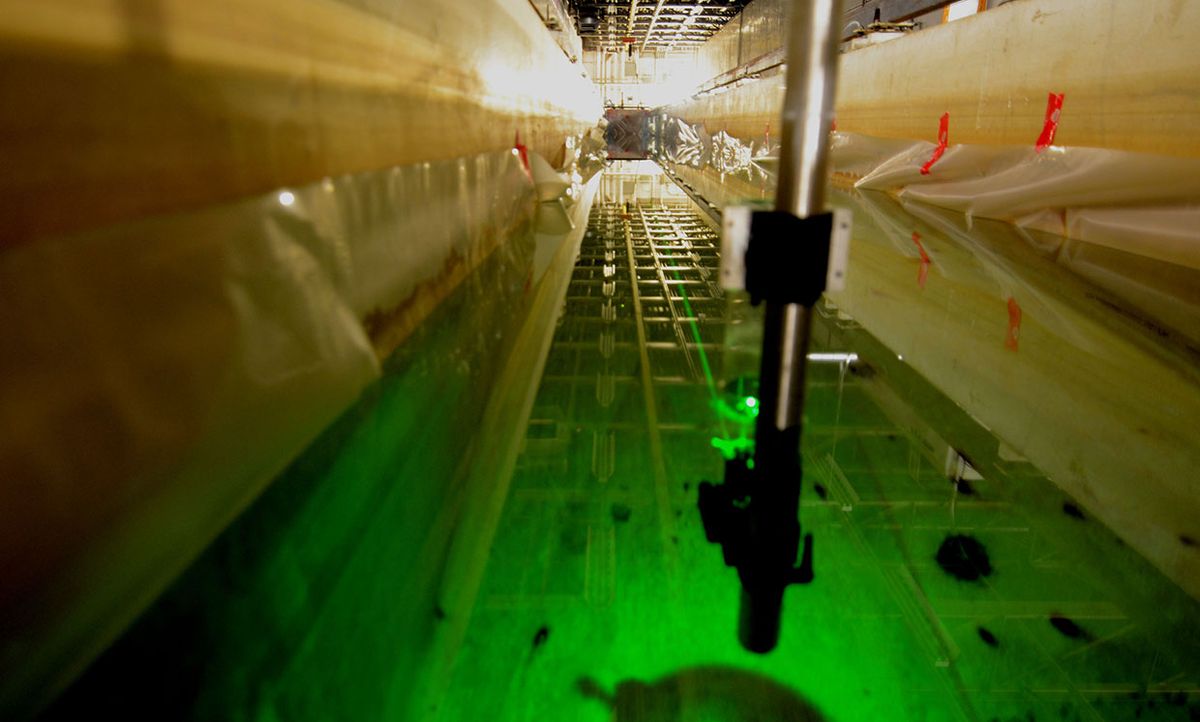Underwater quantum links are possible across 30 meters (100 feet) of turbulent water, scientists have shown. Such findings could help to one day secure quantum communications for submarines.
Quantum cryptography exploits the quantum properties of particles such as photons to help encrypt and decrypt messages in a theoretically unhackable way. Scientists worldwide are now endeavoring to develop satellite-based quantum communications networks for a global real-time quantum Internet.
In addition to beaming quantum communications signals across the air, through a vacuum, and within fiber optic cables, researchers have investigated establishing quantum communications links through water. Such work could lead to secure quantum communications between submarines and surface vessels, and with other subs, aircraft, or even satellites.
Although water absorbs many radio waves, it’s transparent to optical wavelengths between 400 to 500 nanometers, roughly corresponding to green, blue, and violet light.
Prior work suggested that quantum links through water had a maximum length of 300 meters with 418-nanometer-wavelength light under clear conditions. Previous research also successfully established quantum communication across 55 meters of sheltered water, such as that which is found in coves and bays. However, until now, scientists had only reported quantum communications across 5.5 meters of turbulent water.
In the new study, researchers experimented with quantum communications in a "flume tank," a water tank in which scientists can generate waves to mimic the ocean. They also tried two different strategies for quantum communications—one involving just the polarization of the light, and the other incorporating the polarization and the orbital angular momentum of the signals—to analyze how quantum communication protocols might differ in maximum distances and data transfer rates.
The researchers achieved quantum communication at up to 72 kilobits per second across up to 30 meters of turbulent water, the longest distance yet reported for such links. Although turbulence did result in significant wandering and distortion of light signals, those error rates didn’t prevent quantum links from successfully being established with either communication protocol.
Unexpectedly, the researchers found they could keep quantum communication going even while the transmitter moved down the flume tank. "We had expected that this would not be possible without beam-tracking technology," says Felix Hufnagel, a lead author and quantum physicist at the University of Ottawa in Canada.
After the scientists analyzed their data, they suggested the maximum distance for secure quantum communications might actually be 80 meters in turbulent water, although this would depend on factors such as the efficiency of the detectors used. Improving such factors might significantly boost the maximum communications distance, they say.
In the future, the researchers aim to experiment with faster electronics and beam-tracking tools, "which will allow us to communicate between two- or multi-parties that are actually floating and moving around in the water," Hufnagel says. They would also like to experiment with quantum links across air and choppy water, which will "present a whole new set of challenges, requiring dynamic beam correction on the sender and receiver sides," he adds.
The scientists detailed their findings in a preprint article posted online on 9 April.
Charles Q. Choi is a science reporter who contributes regularly to IEEE Spectrum. He has written for Scientific American, The New York Times, Wired, and Science, among others.



